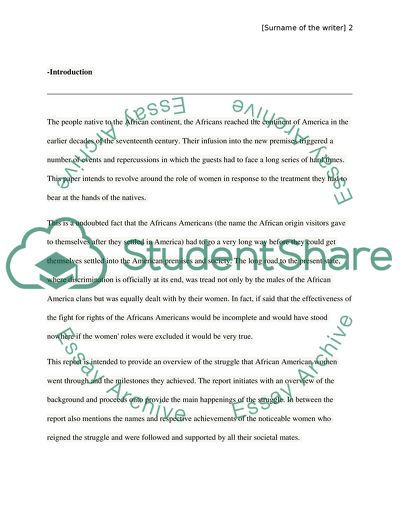Cite this document
(African American Womens Rights Movement Coursework, n.d.)
African American Womens Rights Movement Coursework. https://studentshare.org/history/1790861-african-american-womens-rights-movement
African American Womens Rights Movement Coursework. https://studentshare.org/history/1790861-african-american-womens-rights-movement
(African American Womens Rights Movement Coursework)
African American Womens Rights Movement Coursework. https://studentshare.org/history/1790861-african-american-womens-rights-movement.
African American Womens Rights Movement Coursework. https://studentshare.org/history/1790861-african-american-womens-rights-movement.
“African American Womens Rights Movement Coursework”. https://studentshare.org/history/1790861-african-american-womens-rights-movement.


